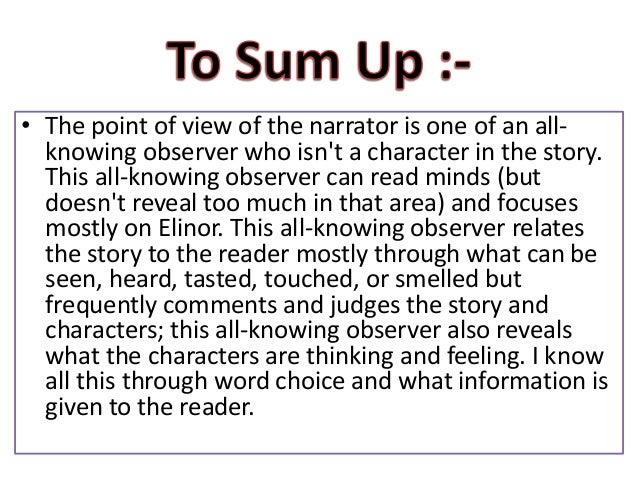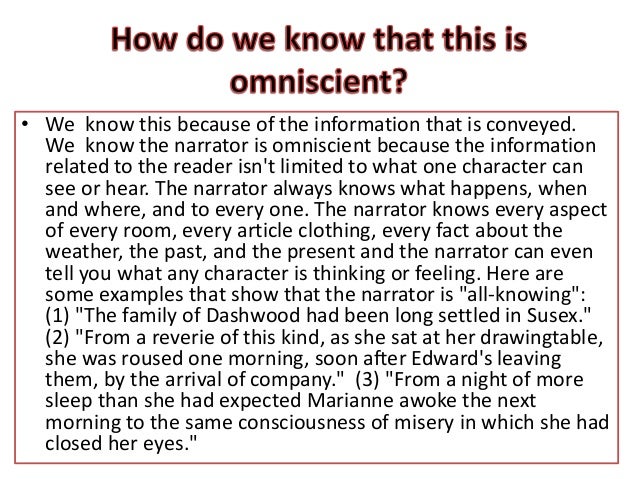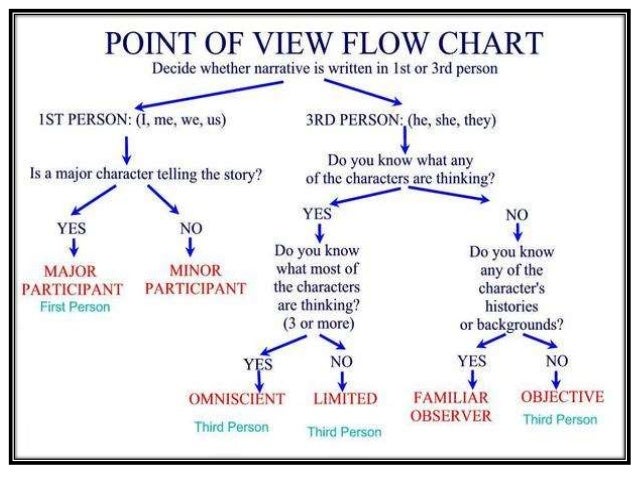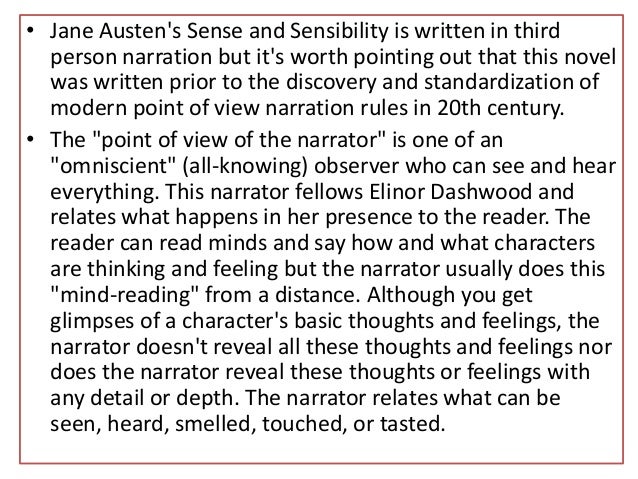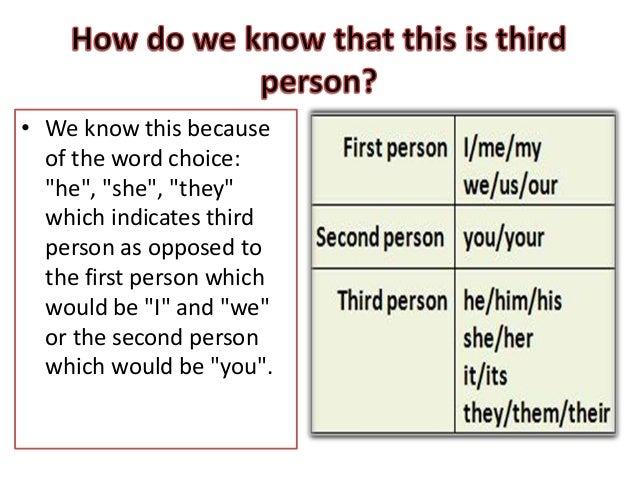JOHN KEATS....
One
of the major English Romantic lyric poet John Keats was dedicated to the
perfection of poetry marked by vivid imagery that expressed a philosophy
through classical legend. Despite his early death from tuberculosis at the age
of 25, he devoted his short life to the perfection of poetry marked by vivid
imagery, great sensuous appeal and an attempt to express a philosophy through
classical legend. Keats's poetry describes the beauty of natural world and art
as the vehicles for his poetic imagination. His skill with poetic sound
reproduces this sensuous experience for his reader. Keats's poetry involves
over his brief career from this love of nature and art into a deep compassion
for humanity. He gave voice to the spirit of Romanticism in literature when he
wrote, "I am certain of nothing but the holiness of the heart's
affections, and the truth of imagination." Twentieth-century poet T.S
Eliot judged Keats's letters to be 'the most notable and the most important
ever written by any English poet," for their acute reflections on poetry,
poets, and the imagination.
John Keats is a great Romantic poet. Of all the
great Romantic poets of the early nineteenth century, such as William
Wordsworth, P.B. Shelley and Lord Byron, S.T. Coleridge and Robert Southey,
Keats possessed the strongest impulse of pure romanticism. He says: “A thing of
beauty is a joy forever” He
again says, “Beauty is truth, truth
beauty”. His famous Odes ( “Ode to a Nightingale” and “Ode on a Grecian Urn” etc.) explore the joy of
imagination and beauty and their ability to transmute life and reality. Keats
died of consumption in Rome
and was lamented by Shelley in the famous elegy Adonais. Ode to a Nightingale was inspired by the actual song of a
nightingale in a garden in Hampstead where Keats was staying at that time. This
poem is the best example for what Wordsworth calls “ the spontaneous overflow
of powerful feelings recollected at tranquility”. Only a few months ago Keat’s
only brother Tom died of consumption and that is why there is an elegiac
reflection in the poem.
annalysis.........
With
"Ode to a nightingale," Keats's speakers begin his fullest and
deepest exploration of the themes of creative expression and the mortality of
human life. In this ode, the transience of life and the tragedy of old age is
set against the eternal renewal of nightingale's fluid music. Hearing the song
of nightingale, the speaker longs flee the human world and join the bird. His
first thought is to reach the bird's state through alcohol-in the second stanza,
he longs for a "draught of vintage" to transport him out of himself.
But after his meditation in the third stanza on the transience of life, he
rejects the idea of being "charioted by Bacchus and his pards"
(Bacchus was the Roman god of wine and was supposed to have been carried by a
chariot pulled by leopards) and chooses instead to embrace for the first time
since he refused to follow the figures in "Indolence," 'the viewless
wings of poesy."
The
rapture of poetic inspiration matches the endless creative rapture of the
nightingale's music and lets the speaker; in imagine himself with the bird in
the darkened forest. The ecstatic music even encourages the speaker to embrace
the idea of dying, of painlessly succumbing to death while enraptured by the
nightingale's music and never experiencing any further pain or disappointment.
But when his meditation causes him to when his meditation causes him to utter
the word "forlorn," he comes back to himself, recognizing his fancy
for what it is –an imagined escape from the inescapable ("Adieu! The fancy
cannot cheat so well / as she is fam'd to do, deceiving elf'). As the
nightingale flies away, the intensity of the speaker's experience has left him
shaken, unable to remember whether he is awake or asleep.
But
in the nightingale's song, he finds a form of outward expression that
translates the work of the imagination into the outside world, and this is the
discovery that compels him to embrace poesy's "viewless wings" at
last. The "art" of the nightingale is endlessly changeable and
renewable; it is music without record, existing only in a perpetual present. As
befits his celebration of music, the speaker's language, sensually rich though
it is, serves to suppress the sense of sight in favour of the other senses. He
can imagine the light of the moon, but here there is no light; he knows he is
surrounded by flowers, but he "cannot see what flowers are at his feet. He
has achieved creative expression and has placed his faith in it, but that
expression-the nightingale's song-is spontaneous and without physical
manifestation.FOR MORE INFORMATION CLIKE HERE


